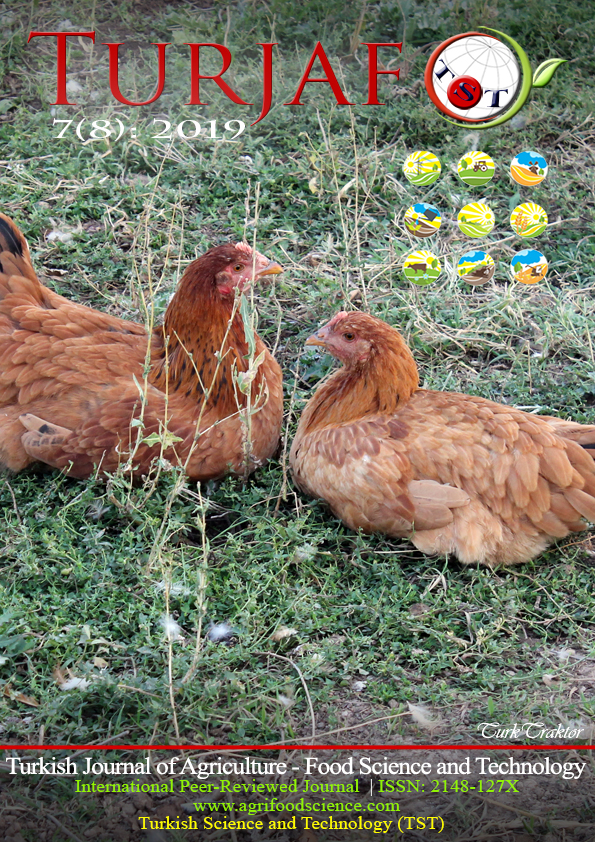Postharvest Loss Assessment of Tomato (Solanum lycopersicum L.) in Fogera, Ethiopia
DOI:
https://doi.org/10.24925/turjaf.v7i8.1146-1155.2460Keywords:
Postharvest loss, Ethiopia, Tomato, Quality, Market chainAbstract
Valuation of postharvest loss and identification of its causes enables to develop proper measures required to reduce losses. The study was conducted at “Fogera” District, South Gondar, Ethiopia between 2017 and 2018 years to assess the extent of postharvest loss of tomato (Solanum lycopersicum L.) and to identify major causes with respective handling system. In this study, a total of 125 farmers and 40 traders (10 wholesalers and 30 retailers) were involved as main respondents. Data collection was done using semi structured interview schedule, key informant interview, focus group discussion and observation. Besides respondents estimation, a sample analysis was conducted to estimate the extent of postharvest loss as per the FAO minimum quality standards. Descriptive statistics such as average, percentage, frequency and standard deviation were used to analyse data and tables, graphs and charts were used to present result. Result revealed that almost half of tomato produced is damaged and puts out of normal use with highest loss at producer level due to different causes which are complex and interrelated across tomato market chain. Marketing situation, insect pest and disease, lack of awareness, low economic status of producers, late harvesting, mechanical damage during harvesting and transportation, poor quality of produce and price fall were some of the reasons identified as major cause of post-harvest loss of tomato. For solving the postharvest loss problems, actors in supply chain has to develop cooperation and effective communication among all the research, extension, and industry personnel involved.Downloads
Published
09.08.2019
How to Cite
Asrat, F., Ayalew, A., & Degu, A. (2019). Postharvest Loss Assessment of Tomato (Solanum lycopersicum L.) in Fogera, Ethiopia. Turkish Journal of Agriculture - Food Science and Technology, 7(8), 1146–1155. https://doi.org/10.24925/turjaf.v7i8.1146-1155.2460
Issue
Section
Research Paper
License
This work is licensed under a Creative Commons Attribution-NonCommercial 4.0 International License.









